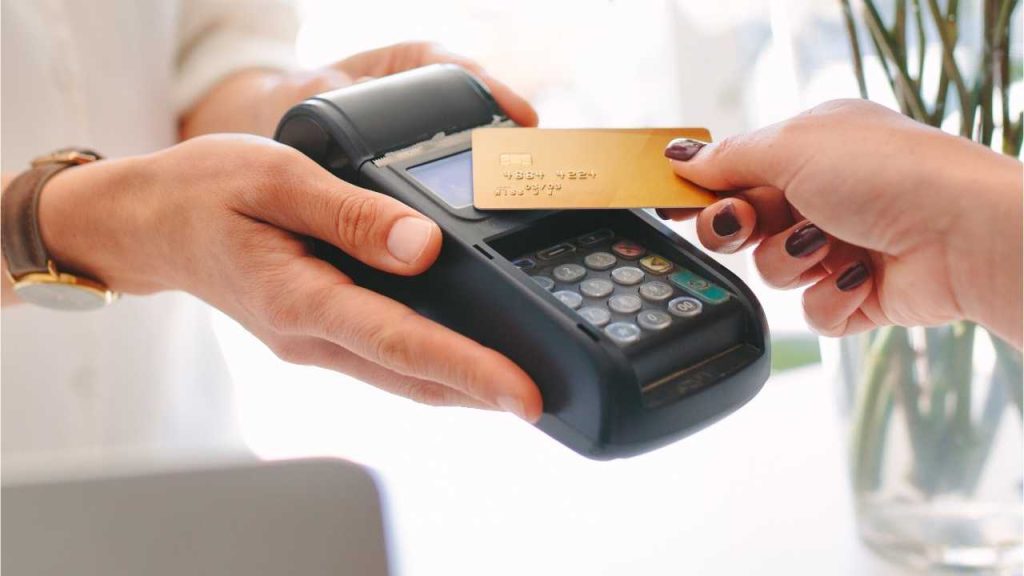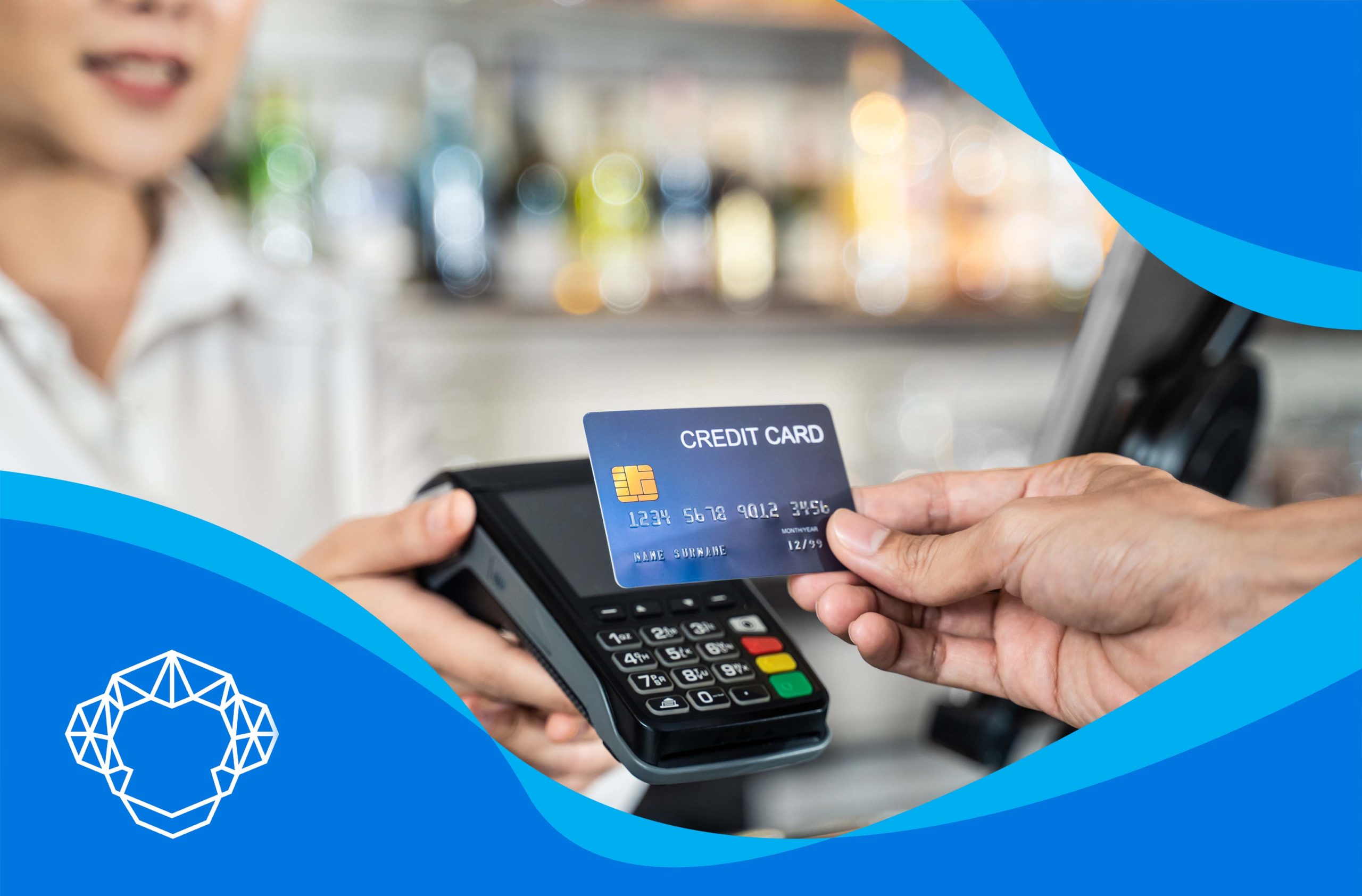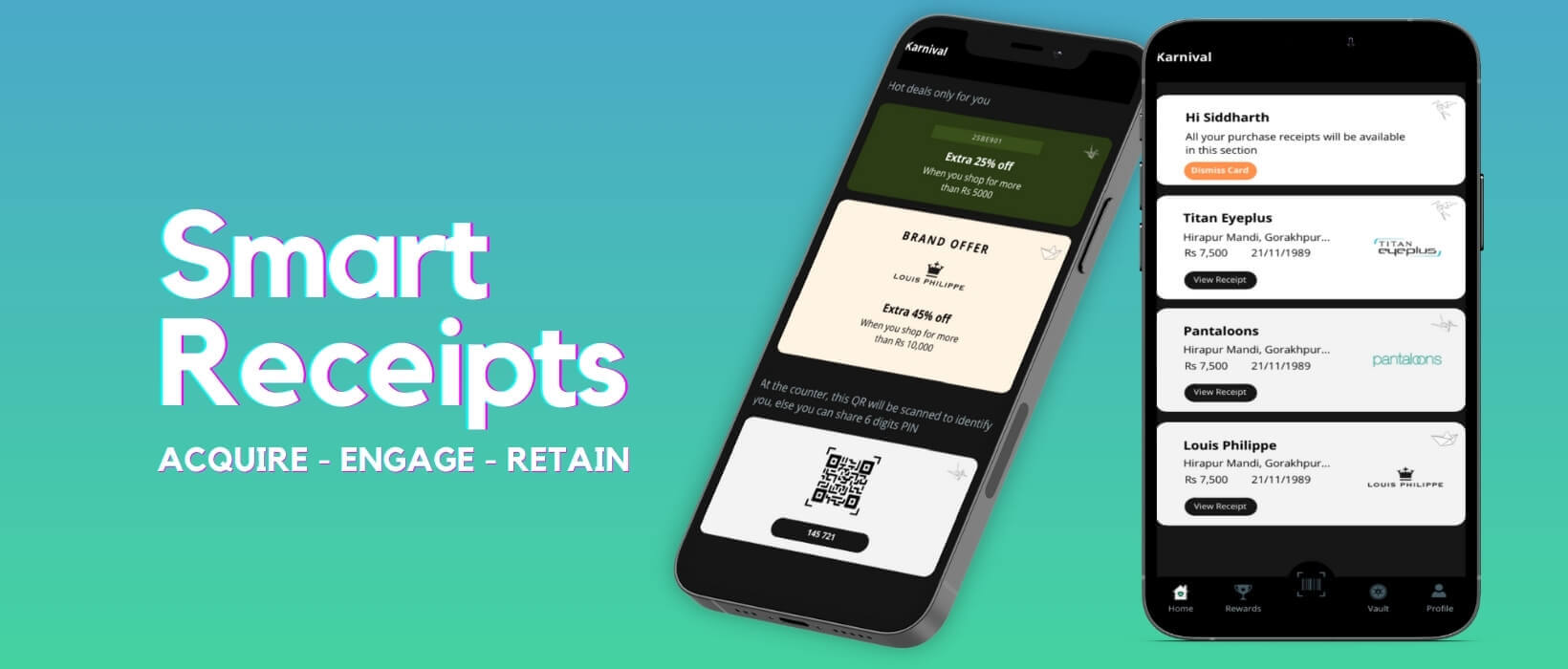Speed Matters: How POS Systems Reduce Wait Times and Improve Service

In the fast-paced world of restaurants, speed isn’t just a luxury — it’s a necessity. Whether it’s a quick-service cafe or a high-volume dining spot, long wait times can frustrate customers, impact reviews, and hurt revenue. One of the most effective tools in a restaurant’s arsenal to combat delays and improve service? A modern, efficient Point of Sale (POS) system.
Let’s break down how the right POS system can help reduce wait times and take your customer service to the next level.
1. Faster Order Taking with Digital Menus
Gone are the days of handwritten tickets or shouting orders into the kitchen. With a digital POS system, servers can take orders quickly and accurately using tablets or handheld devices. These orders are instantly sent to the kitchen display system (KDS), cutting down the time it takes to relay information — and reducing errors along the way.
Bonus: Quick-service restaurants can use self-ordering kiosks to let customers input their own orders, speeding up service and freeing up staff.
2. Real-Time Order Transmission to the Kitchen
A top feature of any great POS system is real-time communication between the front-of-house and the kitchen. Once an order is placed, it shows up on a digital screen in the kitchen, categorized by course or prep time. This ensures the kitchen can prioritize efficiently and reduce bottlenecks during peak hours.
No more lost tickets or messy handwriting — just clear, instant, and organized orders.
3. Table Management and Turnover Tracking
Smart POS systems offer integrated table management tools, allowing staff to monitor which tables are seated, how long they’ve been there, and when they’re ready for turnover. This helps hosts seat new customers faster, reduces idle table time, and keeps the flow of service moving smoothly.
Pro Tip: Some systems even offer visual floor plans with live status updates to eliminate confusion during busy shifts.
4. Streamlined Payments = Shorter Checkout Time
When customers are ready to pay, the last thing they want is to wait around. With mobile POS terminals or tableside payment solutions, diners can pay on the spot — no more back-and-forth with credit cards or long lines at the register.
These systems also support multiple payment options (card, mobile wallet, split bills), making checkout fast, flexible, and frictionless.
5. Reduces Training Time for New Staff
A modern POS system is designed with ease of use in mind. With intuitive interfaces and customizable menus, new staff can be trained quickly, making fewer mistakes and serving customers faster.
In high-turnover environments like restaurants, this is a major win.
6. Insights That Help You Plan Better
Most POS systems come with built-in reporting tools that highlight your busiest hours, top-performing menu items, and average order times. This data helps you plan smarter: add more staff during rush periods, streamline your menu, and prep accordingly.
Hack It: Use this data to optimize your kitchen workflow or launch promotions during off-peak times to balance traffic.
7. Supports Online Ordering and Delivery Integration
A fully integrated POS system connects with your online ordering and delivery apps, funneling all orders through one streamlined system. This eliminates double entry, reduces human error, and ensures online orders are handled just as efficiently as in-house ones.
Customers get their food faster, and your staff isn’t overwhelmed with managing multiple screens or manual input.
The Bottom Line
In today’s restaurant industry, speed and efficiency are everything. A powerful POS system doesn’t just process payments — it accelerates every aspect of the dining experience. From order placement to kitchen coordination and checkout, it helps you serve more guests, in less time, with fewer hiccups.





